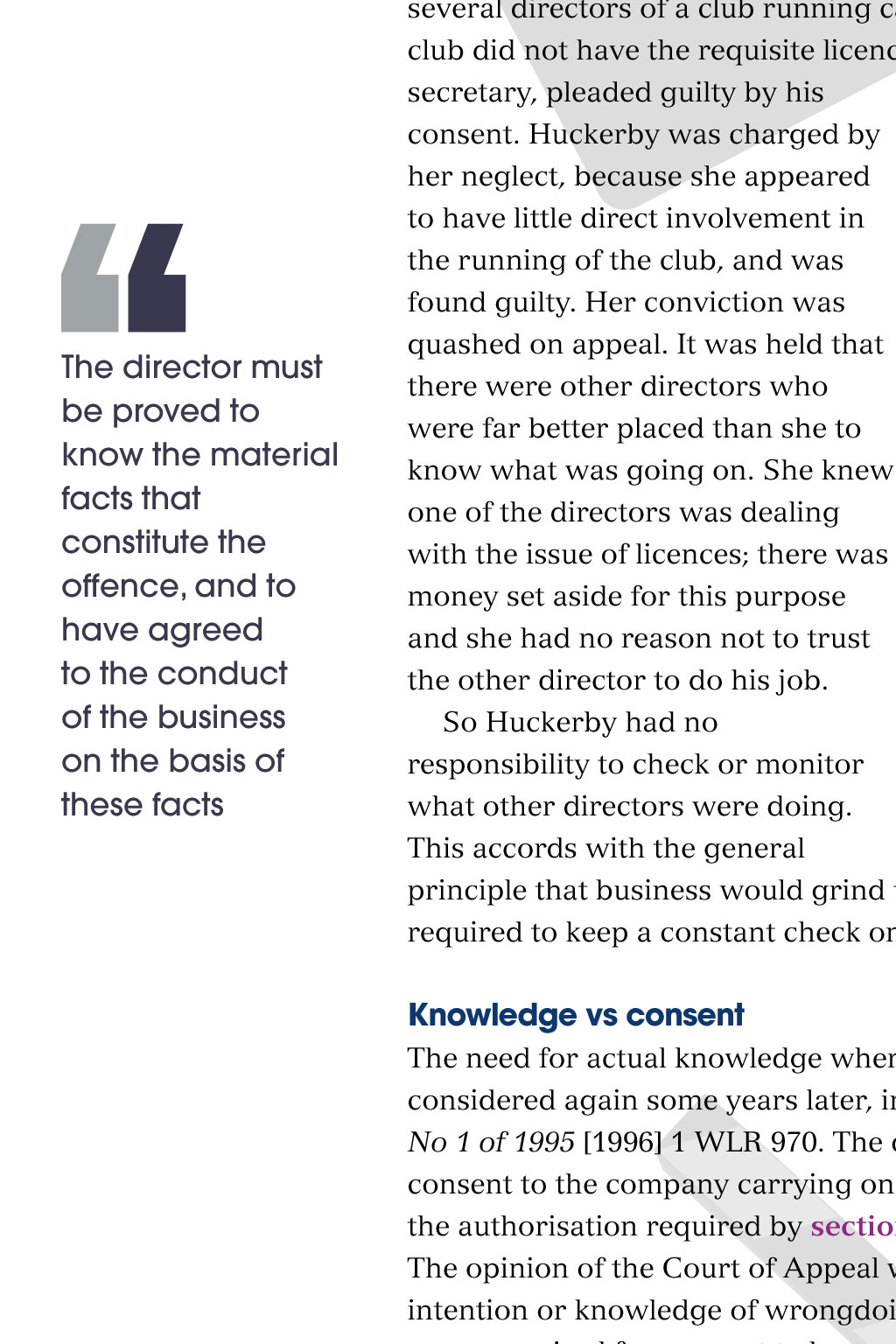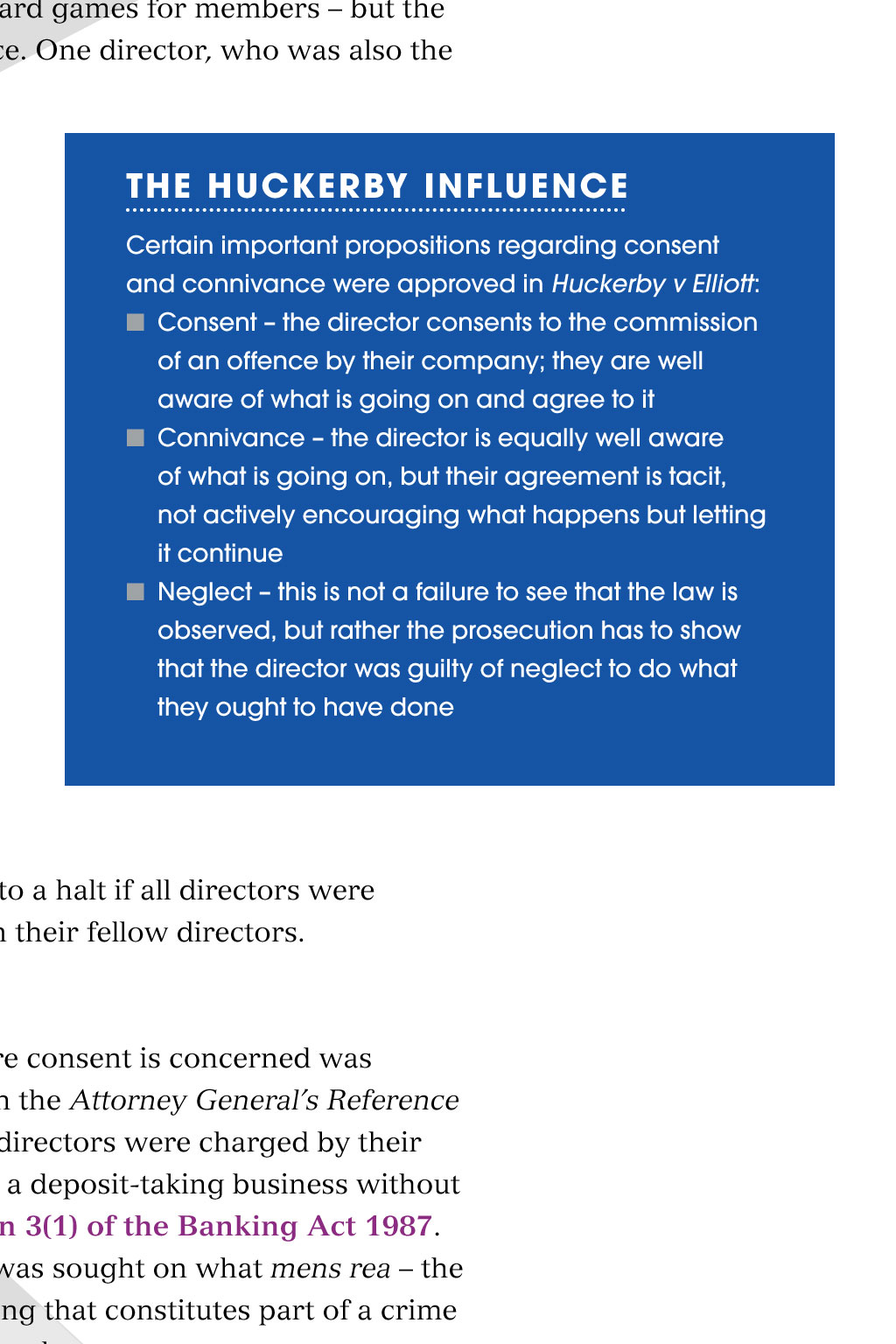












Legal In this feature social media paid promotions implications Selling their souls Many companies are keen to use social media stars to promote their products, but trading standards officers can ensure the public are aware when somebodys opinion has been bought V logging and native advertising are terms that trading standards ofcers need to learn if they are not already familiar with them. A vlog is shorthand for video blog and a vlogger is a person who writes or appears in one. Native advertising is the form of advertising spawned by the rise of social media, such as YouTube, Twitter and Instagram. These platforms have given advertisers the opportunity to blur the boundaries between advertising and other content, between advertisers and those advertised to, and between UK-regulated advertising and foreign advertising. The promotion or endorsement of a product by a vlogger is seen as particularly attractive to advertisers, because the belief in the industry is that the target audience does not tune out as it might with conventional advertising. Some vloggers have a great deal of inuence among their followers. For example, Felix Arvid Ulf Kjellberg (aka PewDiePie) has more than 36,000,000 subscribers to his channel on YouTube, where he broadcasts videos of himself playing and commentating on video games. Native advertising that does not declare itself as an advertisement contravenes the rules governing stealth advertising, which is prohibited by the Advertising Codes of the Committees of Advertising Practice (Cap) applied by the Advertising Standards Authority (ASA). The Cap Code, which applies to online media as well as conventional advertising media, covers a wide range of marketing communications. This includes advertorials, dened as: An advertisement feature, announcement or promotion, the content of which is controlled by the marketer, not the publisher, that is disseminated in exchange for a payment or other reciprocal arrangement. Rule 2.1 of the Cap Code requires that: TAP TO NAVIGATE PAGES 1 2 3 4 5 Credits Published You might also like William Hibbert is a barrister at Thursday 7 May, 2015 Video nasties April 2015 Henderson Chambers. Images: Yulia Mayorova / Shutterstock To share this page, click on in the toolbar Marketing communications must be obviously identiable as such. Note that this does not just require advertorials to be identiable as marketing communications they must be obviously identiable as such. Often it is obvious that an advertisement is an advertisement from its context, as the public will have an expectation about when and where advertising may be carried but that expectation may not apply to a vlog or a tweet. These become an advertisement when an advertiser has paid for the content produced by the vlogger or tweeter and has editorial control. Falsely presenting yourself as a consumer for example, by giving a view that appears to be an opinion, but which is actually paid for is prohibited by rule 2.3 of the Cap Code. More seriously, this sort of conduct is a misleading practice expressly prohibited by Schedule 1 of the Consumer Protection from Unfair Trading Regulations 2008, which lists commercial practices that are considered unfair in all circumstances. Paragraph 11 of Schedule 1 covers the use of editorial content in the media to promote a product where a trader has paid for the promotion without making that clear in the content or by images or sounds clearly identiable by the consumer. Paragraph 22 covers falsely representing oneself as a consumer. The ASA has had to make several rulings on whether a social-media post was actually a stealth advertisement. Two of them involved Nike (UK) and the Manchester United footballer Wayne Rooney. In January 2012, Rooney and Arsenal player Jack Wilshere posted tweets on their Twitter pages about their new years resolutions, and included a link to Nikes Make It Count campaign. The tweet from Rooney stated: My resolution to start the year as a champion and nish it as a champion...#makeitcount gonike.me/makeitcount. The tweet from Wilshere stated: In 2012, I will come back for my club and be ready for my country. #makeitcount.gonike.me/Makeitcount. The ASA upheld a complaint that it was not made clear that these were advertisements for Nike, rather than personal endorsements. Although the players goals for 2013 had been their own ideas, the tweets nal content had been agreed with a member of the Nike marketing team. The ASA considered that: the Nike reference was not prominent and could be missed; consumers would not have already been aware of Nikes #makeitcount campaign; not all Twitter users would be aware of the footballers and their teams sponsorship deals with Nike. There was nothing obvious in the tweets to indicate that they were Nike marketing communications and, in the absence of a clear indication for example #ad it considered that the tweets breached the code. By contrast, in September 2013, the ASA held that a tweet by Rooney which stated The pitches change. The killer instinct doesnt. Own the turf, anywhere. @NikeFootball #myground pic.twitter.com/22jrPwdgC1 did not breach the rules because the reference to Nike Football was prominent and clearly linked the tweet with the Nike brand. While the ASA acknowledged that not all Twitter users would be aware of Rooneys sponsorship deal with Nike, or the particular Nike campaign being promoted, the overall effect was that the tweet was obviously identiable as a Nike marketing communication. In November 2014, the ASA ruled against Mondelez UK, which produces the Oreo brand of biscuit. Mondelez had signed up ve of the UKs best-known YouTube vloggers to promote Oreos in videos that showed them taking part in an Oreo Lick Race. Viewers were also encouraged to participate in licking the cream off an Oreo biscuit as quickly as possible. While the videos were in the vloggers usual styles, they were paid for by Mondelez, which also had control of the content. Saying that the biscuits had been supplied by Oreo, cross-referring to other lick-racing vloggers and statements such as Thanks to Oreo for making this video possible were not considered sufcient to identify the videos as advertisements, or to discern the commercial relationship that was in place. Such statements were not always made before a viewer watched the video. Of course, it is legitimate for a vlogger to accept payment in return for promoting something in their blog as long as it is made clear. The rules do not prevent a PR company from sending a free gift or samples to a blogger in the hope of receiving a positive review and a blogger can give their positive view if they wish. However, if they are paid to say something positive, it becomes an advertisement and they must disclose it so that it is obvious. The ASA suggests signposting it as ad (or #ad), advertorial or sponsored content. In March 2015, ASA chief executive Guy Parker explained the difculty in drawing a line during a speech to the Incorporated Society of British Advertisers. He gave two examples of problematic cases that would not appear to cross the line into advertising: G A brand has a contract with a group of bloggers. The contract says the brand will pay a fee and provide free copies of the product to the bloggers, but that the bloggers are free to say what they like about it, so there is no control over content G A brand has contacted bloggers and offered to send them on a short holiday, providing them with their branded equipment and organising activities to show it off. In return, all they want is for the holiday to be covered in blog posts, with links to the brand website, plus they hope some nice social-media coverage on Instagram and Twitter. There is no contract, no fee and no control over the content of the blogs, but there is a specic arrangement and the equipment and holiday are, as Parker put it, worth a fair bit There are other problems with marketing via social media, which can arise even where it is made clear that the content is an advertisement. For example, Zoella (Zoe Sugg, a 25-year-old from Brighton) records and posts videos on YouTube with titles such as My Everyday Makeup Routine and Whats in my handbag. She won BBC Radio 1s Teen Award for best British Vlogger in 2013 and 2014, and receives around 45 million views a month, many of which are from children under 16. An investigation by The Independent newspaper in March 2015 showed that her YouTube videos are preceded by adverts for sweets and other products that could not be shown on television under the Broadcast Committee of Advertising Practice Code. This states that food or drink products that are high in fat, salt or sugar (HFSS products) may not be advertised in, or adjacent to, programmes commissioned for, principally directed at or likely to appeal particularly to audiences below the age of 16. Social media, like any other media, is open to unfair exploitation, but because it appeals to young people, such exploitation may be overlooked by trading standards ofcers. Regulatory action can, of course, be taken against both the vlogger and the companies and PR agencies that enter into commercial relationships with them. However, a vlogger may be more difcult to regulate than the advertiser and a lack of resources means choices have to be made. The simplest course may be to expose the vloggers on the very platforms on which they thrive, as their followers may not take kindly to being taken for a ride loss of reputation may be the most damaging thing of all on social media.